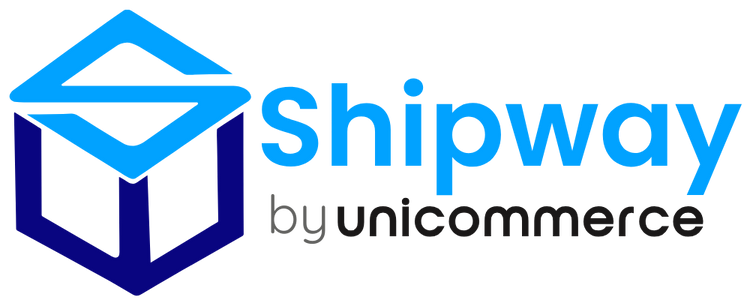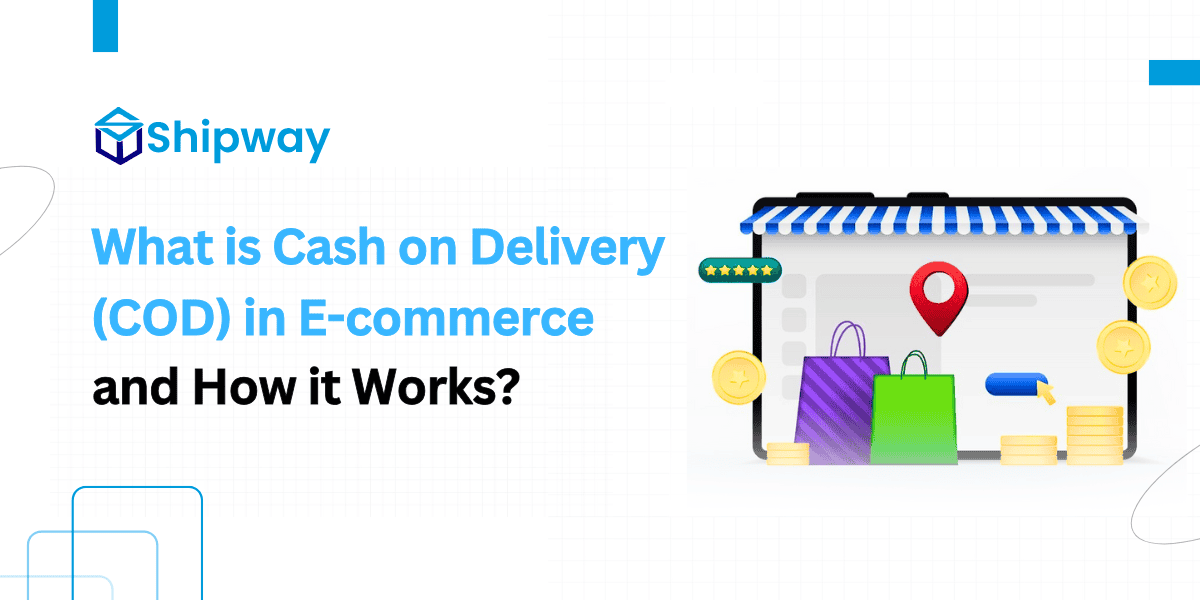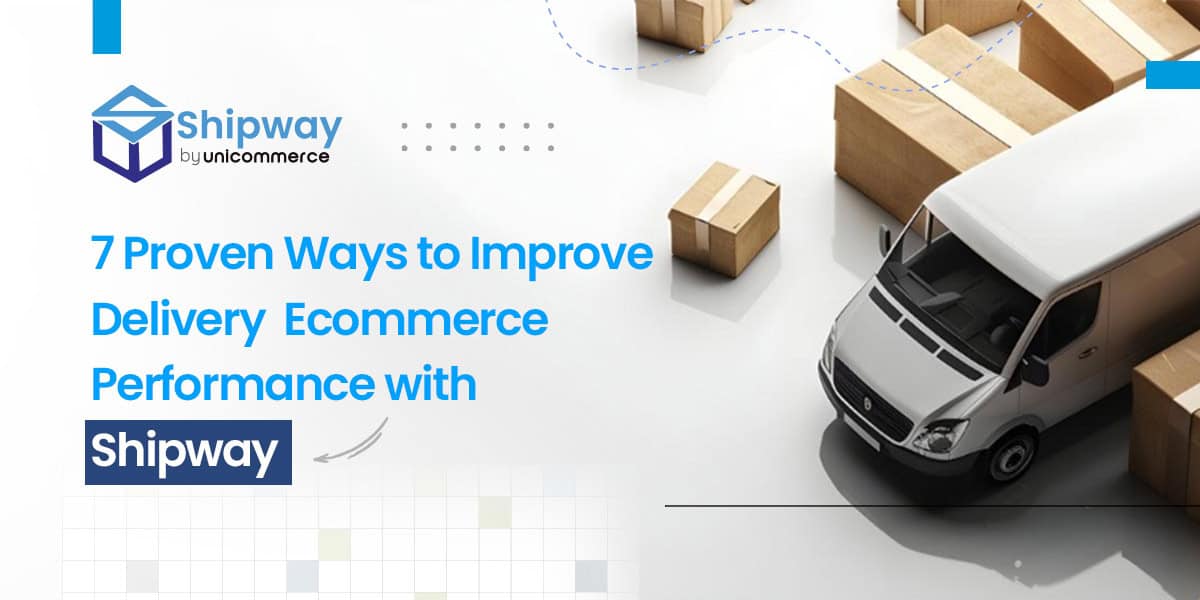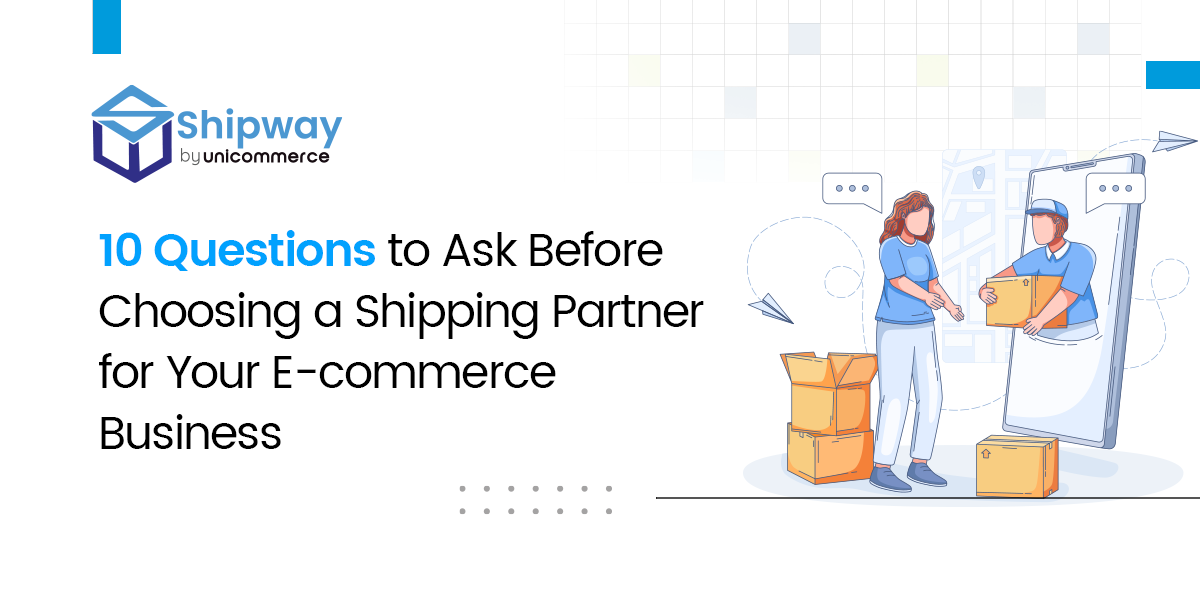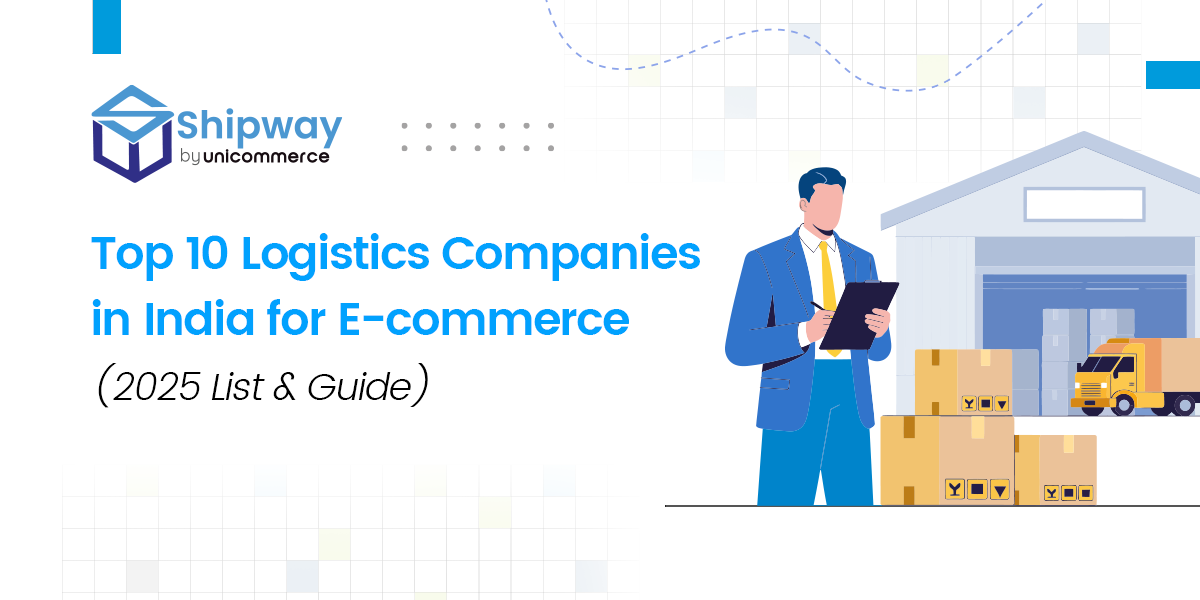In the current Indian eCommerce market, Cash on Delivery is one of the most popular payment methods. Millions of users use it to buy items online. According to a recent study, 23% of consumers see COD as a critical factor influencing their buying decisions.
With time, the demand for cash on delivery increases multi-fold despite advancements in technology and other prepaid payment options.
In this article, we’ll explain more about Cash on delivery, how it operates, and when it’s a practical choice for your business. For those already providing COD options, we’ll also offer some important tips to optimize the overall process and increase efficiency.
What is Cash on Delivery?
Cash on Delivery also known as Collect on Delivery is a popular payment method for online purchases by customers. In this, they pay for goods at the time of delivery rather than making any advance payment. Although traditionally associated with cash payments, COD can also involve checks or electronic payment methods like UPI or cards.
For example, sales representatives can accept card payments in the field using mobile card machines. Even though the payment is digital, the immediate payment upon receiving goods qualifies it as a CoD transaction.
How Does Cash on Delivery Work for Sellers in Ecommerce?
In the Ecommerce industry, all the key cash-on-delivery (COD) terms and conditions are pre-specified in the initial purchase agreement with the supplier. In this, when a customer places an order (either online or offline)- they choose the payment option as ‘cash on delivery’.
After successful delivery, the customer pays the due amount, usually to a shipping or logistics partner working on behalf of the supplier. After deducting handling charges, the logistics partner transfers the funds to the supplier. Even though CoD customers don’t use credit, suppliers still need to generate invoices, which are often attached to deliveries as printed documents like invoices or shipping labels.
From a seller’s perspective, CoD introduces unique challenges depending on the payment method used:
- Cash Payments: Sellers must wait for their fulfillment partners to deposit the collected cash, often minus collection fees.
- Checks: Sellers are responsible for physically collecting and depositing checks at bank branches.
- Digital Payments: Sellers may face delays while waiting for payments to clear after processing fees are deducted.
Which Industries Benefit the Most from Cash on Delivery?
Certain industries find key value in providing cash on delivery (CoD) to their customers:
- Retailers: Retail businesses, including those selling household goods or food, rely on CoD to collect payments directly at the time of delivery. Food delivery services also benefit, particularly for first-time customers who may prefer to pay only upon receiving their orders.
- eCommerce: CoD helps new distributors, manufacturers, and eCommerce platforms build trust with first-time buyers. After providing this type of payment option, they can stand out in markets and address customer concerns.
- Wholesalers: In the B2B space, wholesalers take care of those businesses that have limited or poor credit by providing CoD as a payment option. This enables smoother transactions without the need for credit approvals.
Emerging Trends in Cash on Delivery
CoD continues to adapt to modern payment and delivery practices. Key trends include:
- Digital Integration: CoD is increasingly incorporating mobile wallets, crypto payments and eCommerce payment options (Amazon Pay), blending traditional methods with digital convenience.
- Enhanced Security: To combat fraud, many CoD transactions now require secure authentication such as on-delivery one-time passwords (OTPs) or biometric scans.
- Check Deposit: Delivery personnel can now instantly process checks using mobile apps. It further simplifies the payment collection process for both businesses and customers. Additionally, use The QR Code Generator to create a QR code to help sellers monitor delivery confirmation and customer engagement in real-time.
5 Scenarios Where Cash on Delivery Makes Sense for Your Ecommerce Business
Curious if cash on delivery (CoD) could benefit your business? Here are five scenarios where offering CoD can be a game-changer:
1. Dealing with Customers with Limited or Poor Credit
CoD is an excellent option for wholesalers working with customers who have little or no credit history. It allows you to minimize financial risk while still fostering new business relationships.
With time these customers regularly fulfill their cash on delivery payments and provide invaluable insights into their reliability.
2. Catering to Customers Who Want to Inspect Goods Before Paying
In certain industries, CoD aligns with customer expectations, especially where product quality must be verified before payment. For example, in wholesale food distribution, where the freshness of perishable goods is critical, CoD plays an important role.
It reassures customers to inspect the goods before completing the final transaction.
3. Entering a New Market
When expanding into a new market, offering CoD can help establish trust and reduce perceived risk for potential customers.
For instance, as a newcomer in the office supply sector, CoD enables clients to inspect goods upon delivery, making them more comfortable trying a new supplier.
This approach is particularly effective in those markets that are dominated by established relationships. And it helps in showcasing your confidence in your product and commitment to customer satisfaction.
4. Reducing Payment Processing Costs
For businesses with localized operations, CoD can be a cost-effective alternative to traditional payment methods. Direct deliveries within a small radius eliminate the need for third-party logistics and payment processing fees.
Let’s take the example of a local bakery delivering fresh pastries to nearby cafes and restaurants. After collecting cash on delivery, they not only save on logistics but also avoid payment processing fees and increase their profit margins. For small businesses where every penny counts, CoD provides a practical and personal solution.
Pros and Cons of Cash on Delivery
Benefits of Cash on Delivery for Suppliers
- Access to Tier 3 Markets and Broader Customer Base – CoD enables suppliers to increase sales by working with customers who lack established credit. Instead of immediately extending credit to these buyers, CoD provides an opportunity to build trust and payment history while still facilitating transactions.
- Improved Cash Flow – Requiring payment at the time of delivery, rather than on accounts receivable (AR) allows suppliers to shorten payment cycles. This reduces Days Sales Outstanding, improves the liquidity and ensures quicker cash flow.
Drawbacks of Cash on Delivery for Suppliers
- Delivery Delays – Delay in the payment at the time of product delivery can sometimes slow down the entire supply chain process. This became a major issue during the COVID-19 pandemic- when many suppliers suspended CoD to reduce contact between drivers and customers.
- Higher Risk of Delivery Refusals – CoD comes with the risk of customers refusing delivery, particularly for perishable goods. Refusals can result in RTO, spoiled inventory, losses, and added costs for reverse shipping.
- Increased Manual Work for Accounting – CoD often involves offline payments like cash or checks, creating inefficiencies. Delivery personnel must track payments and pass them to accounting teams, who manually reconcile them with customer accounts.
Benefits of Cash on Delivery for Buyers-
- Flexibility in Payment Timing – Unlike most e-commerce transactions, which require upfront payment, CoD allows buyers to manage their cash flow by paying only upon delivery.
- Access Despite Credit Limitations – Buyers with minimal or poor credit history can easily make transactions with those suppliers that they might not be able to qualify to work with. This makes cash on delivery an ideal option for businesses that want to increase customer purchasing options.
Drawbacks of Cash on Delivery for Buyers
- Return Complications – Returning goods after paying on delivery can be challenging, as suppliers may not be obligated to accept returns. This lack of flexibility can deter buyers from opting for CoD.
- Limited Payment Methods – If suppliers only accept cash or checks for CoD transactions, buyers seeking to digitize their payment processes may face obstacles.
5 Mistakes Ecommerce Sellers Must Avoid When Providing Cash on Delivery
Although CoD can be a very reliable payment method for any eCommerce business, it comes with challenges that need to be carefully handled. Some of the key mistakes are
1. Failing to Set Purchase Limits
Not setting a maximum order value for CoD transactions exposes suppliers to significant financial risks. Large orders, particularly for perishable goods, carry a high risk of loss if they are returned or rejected.To mitigate this, establish a CoD limit and consider collecting a partial deposit for high-value orders. This approach reduces financial exposure and discourages customers from canceling orders at the last minute.
2. Skipping Purchase Verification
Without verifying purchase intent, suppliers risk dealing with non-serious buyers or fraudulent COD transactions. For CoD orders, particularly smaller ones, implementing a verification step—such as a confirmation call or a one-time password (OTP)—can safeguard against such issues.Verification not only secures the transaction but also allows suppliers to address customer queries, reducing cancellations or rejections upon delivery.
3. Overdependence on Fulfillment Partners
Some of the key challenges that can occur while depending too much on 3rd party logistics companies for handling the cash on delivery payments.These are delays in cash deposits, reconciliation errors, and high cash-handling fees. Such inefficiencies can disrupt the entire cash flow and create hurdles for accounting processes.To minimize these risks, consider integrating automation tools or payment capture systems developed for CoD transactions. For example, Würth Canada adopted a system that reduced errors and provided real-time transaction visibility, improving cash flow management and reducing reliance on external partners.
4. Neglecting CoD Surcharge Implementation
CoD services come with additional costs, especially when using third-party fulfillment partners that charge substantial fees for cash handling. Failing to account for these expenses can erode profitability. Implement a reasonable CoD surcharge to offset these costs. Be transparent with customers about the fee, explaining that it covers the added expense of providing CoD services. This approach helps maintain customer trust while protecting your margins.
5. Poor Communication of Refund Policies
Handling refunds for CoD transactions can be complicated. Unlike digital payments, where refunds are straightforward, returning cash at scale is nearly impossible. Most companies issue CoD refunds as credit notes, which can frustrate customers if this policy isn’t clearly communicated upfront. To avoid dissatisfaction, be transparent about your refund policy before the purchase. Clearly explain that refunds will be issued as credit notes, ensuring customers understand the terms while preserving trust in your business
Conclusion
Cash on Delivery (CoD) remains an inevitable part of India’s e-commerce market, offering buyers flexibility and building trust. However, CoD can present challenges like delivery refusals (RTO), payment delays, and cash flow constraints. This is where shipping aggregators like Shipway provide a significant advantage for businesses.
Shipway helps reduce RTO (Return to Origin) rates by offering advanced tools like COD fraud analysis, order confirmation, address verification, and automated NDR communication. By integrating with multiple courier partners that specialize in CoD services, Shipway ensures businesses can provide seamless delivery experiences across regions, minimizing logistical headaches.
Additionally, Shipway’s early COD remittance empowers businesses to improve cash flow. Instead of waiting for long settlement periods, sellers receive payments faster, enabling them to reinvest in operations and scale effectively. This quick access to funds ensures smoother inventory management and reduces financial strain, which is especially crucial for small and medium-sized businesses.
By partnering with shipping solutions like Shipway, businesses can streamline their CoD operations, reduce costs, and boost profitability. Whether you’re targeting first-time buyers, expanding to new markets, or managing high order volumes, CoD—when paired with the right tools—remains a powerful driver of growth in the Indian market.
You may also like…
7 Proven Ways to Improve Delivery Ecommerce Performance with Shipway
Delivering products swiftly and reliably has become a decisive factor for winning and retaining customers in ecommerce delivery. Fast delivery...
read more10 Questions to Ask Before Choosing a Shipping Partner for Your E-commerce Business
Top 10 Questions to Ask Before Choosing a Shipping Company Setting up an e-commerce business is just one step on the ladder to success, but...
read moreTop 10 Logistics Companies in India for eCommerce (2025 List & Guide)
India’s eCommerce sector is booming, projected to reach USD 200–220 billion by 2026, driving an urgent demand for reliable logistics solutions. For...
read more